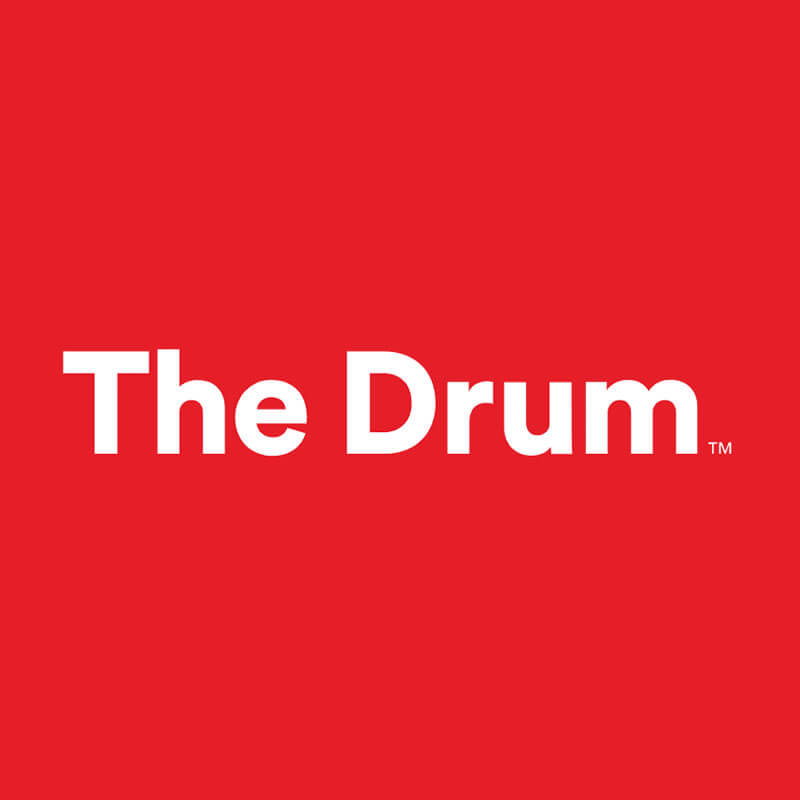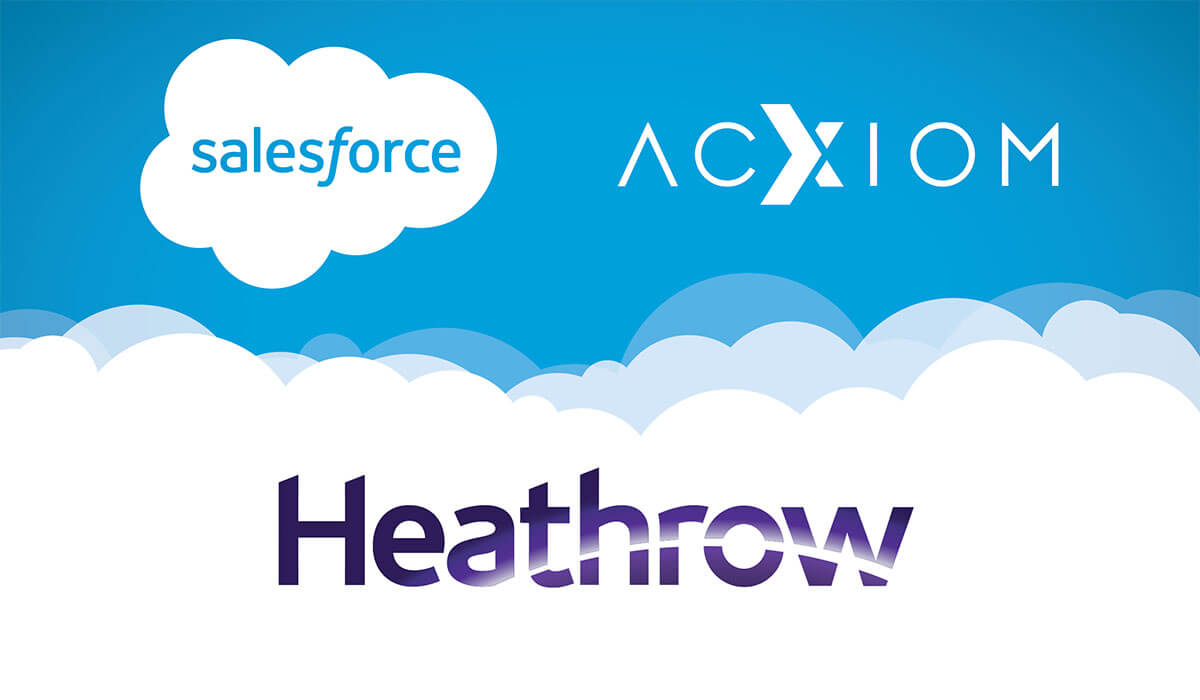Retail media networks (RMNs) have filled retailers’ and advertisers’ baskets with new revenue opportunities. Retailers have been able to monetize their first-party data from existing and new audiences and lay foundations for brand partnerships. RMNs have opened up brands’ access to rich shopper data and broad ad inventory networks.
And that’s just the start of an adtech trend that’s now transitioning to table stakes in retail.
What is a retail media network?
A simple definition of a retail media network (RMN) is an advertising platform that’s owned by a retailer rather than a third party. It’s a way for retailers to make real estate on their digital media channels – their website and app, for example – available as advertising space. RMNs can even include offline channels such as in-store and direct mail.
The most common places you’ll see a retail media network in action are sponsored products in a retailer’s search results, or banner display ads and even videos on home pages. With so many opportunities for retailers and brands alike, Emarketer estimates retail media network ad spending will bring in $106 billion by 2027.
Retail media vs. retail media networks
Retail media refers to the ads placed on a retail brand’s channels:
- Onsite retail media – retailers’ owned channels, including traditional websites, apps and emails, outside of placement in a physical store.
- Offsite retail media – third-party channels, such as sponsored websites or external social media.
- In-store retail media – appearing in retailers’ physical premises, from screens in the aisles to even refrigerator doors.
A retail media network is the arrangement between the retailer and third-party brands to advertise via any of these retail media channels on what’s sometimes referred to as a retail media platform.
Endemic retail advertising vs. non-endemic retail advertising
There are two different types of advertisers. The first is endemic advertisers, who sell via the retailers’ website and shelves. Then there are non-endemic retail advertisers, who aren’t stocked by the retailer but have an interest in its audience. This second branch – focused on garnering awareness and traffic over a point-of-sales conversion – emerged when retailers and advertisers saw they could expand audience reach to complementary markets.
Amazon has led both evolutions. It kickstarted the RMN movement by being the first retailer to launch one in 2012. A decade later in 2022, Amazon announced it was making sponsored display ads available to non-endemic brands.
With careful due diligence to ensure the non-endemic advertiser is both a good fit for the retailer’s audience and poses no risk of damaging or diverting existing sales, these new RMN customers offer a potentially huge revenue source.
Think of a premium fashion retailer selling ad space to a luxury travel company, for example. Both will feel mutual benefit from the natural cross-over between an audience that’s in the market for high-end experiences, while the retailer doesn’t need to worry about keeping customers since the sponsored brand isn’t a competitor.
Choosing the right retail media network
If you were deciding on the best retail media network for your business a few years ago, you’d have had a mere handful to choose from. That number has ballooned to more than 200 today. Here’s how you can whittle them down.
The first consideration when choosing a retail media network concerns alignment. It’s particularly important for non-endemic advertisers to check whether the RMN’s audience overlaps or mirrors their own. Looking at the RMN’s featured or most popular products can give an idea of how interested the audience will be in your product or services.
Then there’s the alignment with the retailer’s brand itself. Fostering a certain image can quickly backfire if the brand’s values and ethics clash, or if they’re known as an affordable retailer when you’re aiming for a more premium audience. But this goes further. Choosing a retailer with a strong reputation as a market-leader or innovator, or for progressive practices in terms of environmental, social and governance (ESG) performance, can create a “halo effect” for advertisers through the positive brand association. Even just a brand that’s enjoying a particular buzz in the spotlight can help bolster the traction your retail media advertising will receive.
Efficacy of the retail media network also depends on the ad placement opportunities available. If an RMN is newly established or smaller in scale, it may offer a more limited variety of options – restricted solely to the home page, for example. Part of what makes a good retail media network is the ability for brands to place ads throughout the customer shopping process, allowing for more tactical precision where your audience will be most receptive. These pages include:
- Home page – Not only should the retailer’s digital storefront put your ad in front of the most people, it also does so before they’ve had chance to be drawn into alternative products. A spot here can greatly increase brand awareness, even if it doesn’t prove enough to motivate a sale.
- Category page – If the home page can be considered casting the net as wide as possible, ad placement on a retailer’s category page concentrates on people who are in your specific market, such as sports products or fashion items. Advertisers can find this a sweet spot between the mass views of the home page and the narrower focus of a search or product detail page.
- Search page – Homing in further on your audience, a search page means your ad is seen by those looking directly for your product or service. This can provide a greater level of confidence in return on investment, and advertisers can even use these pages to disrupt competitor searches.
- Product detail page – A similarly disruptive tactic is to choose a product detail page (PDP), promoting your product as a compelling alternative. Advertisers can also use this position when their product or service can be used in tandem with PDPs.
The difference in ad inventory equally applies beyond retailers’ websites. The major, longer-established retail media networks can extend audiences across the web, including digital in-store ads and on streaming services. But not every RMN will have matured to this wider-reaching capability.
Lastly, it’s wise to ensure you’ll be able to glean the right intelligence from your advertising by looking at the RMN’s reporting metrics and cadence. There’s little standardization here, making it an important priority for brands using multiple retail media networks to ensure there’s as much compatibility as possible.
Top retail media networks
The value of retail media networks is so well recognized that all the top 10 retailers in the U.S. have one.
Unsurprisingly, retail titan Amazon holds a leading share, reporting $26 billion in retail media ad revenue in 2023 according to Zenbundle. Amazon did pioneer RMNs, after all. But it’s by no means a monopoly. While 77% of CPG brands work with Amazon, Retail TouchPoints also cites that 56% use Walmart Connect, 29% eBay, and 27% Home Depot.
RMNs are growing beyond household names to more niche or vertical retailers that are also looking to get more out of their ad inventory and audience data. PayPal, for example, has followed fellow fintech brands Chase and Revolut in launching retail media networks.
The biggest and most recognizable brands with retail media networks include:
- Amazon Ads
- Walmart Connect
- Target’s Roundel
- eBay Advertising
- Kroger Precision Marketing
- Carrefour Links
- Albertsons Media Collective
Why do retail media networks matter?
The greater expectation for brands’ digital customer experience to be more seamless and personalized brings an equivalent requirement to enable that with data. Two forces have come together to expedite the expansion of retail media networks.
The first is the COVID-19 pandemic’s legacy on buyer behavior. Forbes cites that 34% of people are shopping more online as a result. Retail media networks are a prime way for brands to make the most of this digital foothold. It’s particularly important for brands that have had to make this pivot to partner with those that already have a strong ecommerce presence.
Another pressing catalyst for retail media networks is the impending third-party cookie deprecation. RMNs represent a lifeline in terms of reaching people through first-party data instead after the eventual signal loss from cookies. Customer insights can also be drawn from RMNs’ first-party data, ensuring advertising can remain focused and effective.
These factors explain why Kantar’s 2024 trends estimate that 46% of global marketers will increase their budget in retail media spend.
Benefits of retail media networks
For advertisers, retail media networks give privacy-compliant access to rich first-party data that can personalize messages and offers, raising conversion rates. Because this first-party data is collected directly by the retailer, it’s more reliable than third-party cookie data. Retailers, meanwhile, are rewarded with insights into their customers’ preferences, to deepen their own connection and strategies – in addition to the revenue gain.
Brands can use learnings from this data – across the buyer journey from engagement to sale – to adjust their strategies. That’s thanks to RMNs’ closed-loop reporting, as sales are attributed more closely to ad impressions. Our CX trends research shows that half the marketers we surveyed agree it’s easier to track the impact of ads displayed on RMNs.
A retailer’s owned media inventory is very valuable to brands because people are more receptive to advertising while actively shopping – they’re in a purchase mindset. The classic marketing rule of seven tells us it typically takes seven interactions or touchpoints for a customer to make a purchase, but a retail media network can reduce that by reaching an engaged audience at the point of purchase. Not only does this make the advertising more effective and engaging, but being less intrusive and more clearly relevant also helps reassure privacy concerns 60% of people feel when shopping online. We found that 53% agree that RMNs enable them to deliver more relevant ads.
A retail media network generates a higher ROI than other channels that distribute advertising to people who aren’t necessarily in the mindset to purchase. McKinsey puts that return on ad spend at three to five times greater for CPGs.
And there are more growth opportunities. RMNs allows brands to raise awareness and engagement by promoting themselves on a busier platform, amplifying themselves through a more established brand. Our research found that 56% of marketers agree that RMNs can help brands find and connect with new customers. For some brands, this investment is more appealing than trying to drive traffic from a standing start or without an established crowd. For non-endemic brands, they can capitalize on retailers having a particular surge, such as Amazon Prime Week. Advertising on a reputable retailer’s RMN can also carry a tacit endorsement for a brand, like a recommendation.
Meanwhile, RMNs offer a massive new revenue stream for retailers too, making them less reliant on product sales, which can have fluctuating profit margins and customer interest. In just one year after launching its retail media network, Macy’s was able to generate $105 million in incremental revenue.
Retailers are now realizing that decoupling their first-party data from their RMN could be the next revenue opportunity, meeting the groundswell of brands looking for retailers to make these invaluable insights available without placing an ad. Kroger is one of the key players planning a programmatic advertising solution that will enable brands to purchase this data while remaining privacy-compliant.
The data as much as the inventory reach is invaluable to brands looking to build out their audiences.
Drawbacks of retail media networks
As valuable as retail media networks can be, there are pitfalls and challenges brands need to manage when using them. This growing awareness of their value is driving up cost and competitiveness, meaning advertising can be more expensive than with other platforms. Although retail media cost per clicks (CPCs) have been falling, they still average higher than Google Ads CPC across all industries.
Like any advertising platform, brands using an RMN need to balance the frequency of brand messaging, but it’s less straightforward to regulate from one RMN to another due to visibility of their audience overlap. Similarly, reporting metrics, timings and methodologies vary from RMN to RMN. Inconsistent success measures make overall campaign performance harder to establish for campaigns involving multiple RMNs.
Similarly, a lack of dynamic connections between RMN ads and the brand’s inventory means ads can run without certainty that stock remains sufficient throughout the retail media campaign duration.
How Acxiom can help
The stage is set for a lucrative retail media business. Retailers just need to maximize the quality, completeness and scalability of first-party data.
To attract brands and their retail media advertising dollars, retailers should enhance their first-party data with customer intelligence and attributes that matter to advertisers in terms of understanding, predicting and segmenting people’s behavior. Brands can achieve this more sophisticated customer understanding through identity resolution solutions, using first-party data and a variety of touchpoints to create a more complete picture of their needs and preferences – and therefore how to better connect with them.
Acxiom can provide modeled data and audiences to augment retailers’ first-party data. That extends the reach and scale of the retail media network, creating an incremental revenue stream for the retailer.
Enhancing and expanding first-party data helps a retail media network:
- Attract advertisers
- Improve personalization and reach
- Create or grow new revenue streams
- Drive store traffic and purchases
- Create better, deeper brand partnerships
- Grow share of wallet
Get in touch to learn more about how Acxiom can help make your retail media network a success – whether you’re considering partnering with an RMN or want to get the most value out of the insights you’ve obtained from one.








